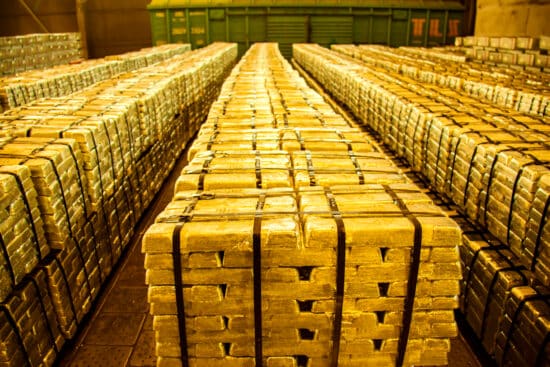
Is The Russian Oil Price Cap Working?
EDITOR'S NOTE: As a result of the energy price cap devised by the U.S. government last year, Russia's oil revenues have experienced a significant plunge, despite the country continuing to ship crude oil. This development is crucial as Russia's position as a major oil supplier to global markets previously limited the West's ability to penalize Moscow following its invasion of Ukraine in 2022. This article examines Russia's current financial struggles, the background of the price cap, its implementation, and its effectiveness. With expert opinions and analysis, we explore whether the price cap can be considered a success in achieving its twin goals and the potential impact on global markets and international relations.
Russia is still shipping crude, but its oil revenues have plunged, fulfilling the twin goals of the energy price cap the U.S. government devised last year.
Why it matters: After it launched its war on Ukraine in 2022, Russia's position as a major oil supplier to global markets was seen as a constraint on the West's ability to punish Moscow.
- Now, the price cap may be helping to solve that problem.
The latest: There are fresh signs that Russia's finances are in trouble.
- Russian oil and gas revenues dove by 45% in the first quarter, as its deficit exploded due to the costs of the war.
- The average price for Russia's Urals grade crude oil was $47.85 a barrel in March, down from $89.05 last March.
- In a sign of the economic stress Russia faces, the ruble just suffered its worst week of the year, hitting its lowest level against the dollar since April 2022.
Background: Last year global oil prices were soaring — $5 gasoline! — amid widespread uncertainty about access to supplies.
- Effectively, Russia was benefiting from a surge in prices that its own illegal invasion had set off.
What they did: In December, the European Union — long Russia's largest buyer — imposed an embargo on Russian oil (the U.S. did so back in March 2022)
- Simultaneously, the G7 group of advanced economies, along with allies, agreed to a never-before-attempted plan to impose a price cap of $60 on Russian crude oil that the U.S. Treasury Department had spearheaded.
How it works: In practice, the plan is actually a series of rules and restrictions on companies like shipping giants and insurance providers — almost all based in the West — that are the backbone of the global oil market.
- Basically, shippers and insurers are required to get those buying and moving the oil to officially promise — in signed "attestations" — that the petroleum was sold below $60.
- Violations would open companies to potential criminal and civil penalties.
The big picture: Given the obvious potential loopholes in the plan — for instance, people simply lying about paying less than $60 for Russian oil — there was a fair amount of skepticism that this price cap plan would work.
- But the early evidence suggests that the cap, in conjunction with other sanctions, has been pretty successful at keeping Russian oil flowing — while reducing the amount of money Russia reaps from its sale (predominantly to China, India and Turkey).
What they're saying: "Most people would say it's probably helped reduce revenues," says Robert McNally, president of consulting firm Rapidan Energy Group, who served as an energy advisor in the administration of President George W. Bush. "It does give some leverage to India and China when they're negotiating with Russia."
- On the other hand: Kevin Book, who heads up energy research at consulting firm ClearView Energy Partners, emphasizes that it remains to be seen how well the cap would operate if energy demand from China — where the economy has struggled to recover from the COVID crisis — fully bounced back.
- "On the surface, it looks like both goals are being met," Book says. But "it's hard to see below the surface," he adds.
The bottom line: There are always a number of factors at play in market prices, making it essentially impossible to prove something is "the reason" a price is moving one way or the other. But the red ink in Russia's budget suggests this policy is performing pretty well.
Originally published by: Matt Phillips on Axios Market
sign up for the newsletter
By signing up, you agree to our Privacy Policy and Terms of Use, and agree to receive content that may sometimes include advertisements. You may opt out at any time.












